Tong Zhang
DNA transposable elements are mobile genetic elements that can move through out a host genome by the action of an encoded DNA transposase. The activity of several DNA transposases is significantly stimulated by DNA bending proteins, presumably promoting correct assembly of the transposase upon the DNA transposon ends (i.e. Mu transposase , RAG1/2, etc). While Drosophila P element transposase is well characterized, stimulation of the transposition reaction by DNA bending proteins has not been investigated. Here, I would like to investigate two Drosophila DNA bending proteins, HMGD and HMGZ, on […]
Edwina Tran
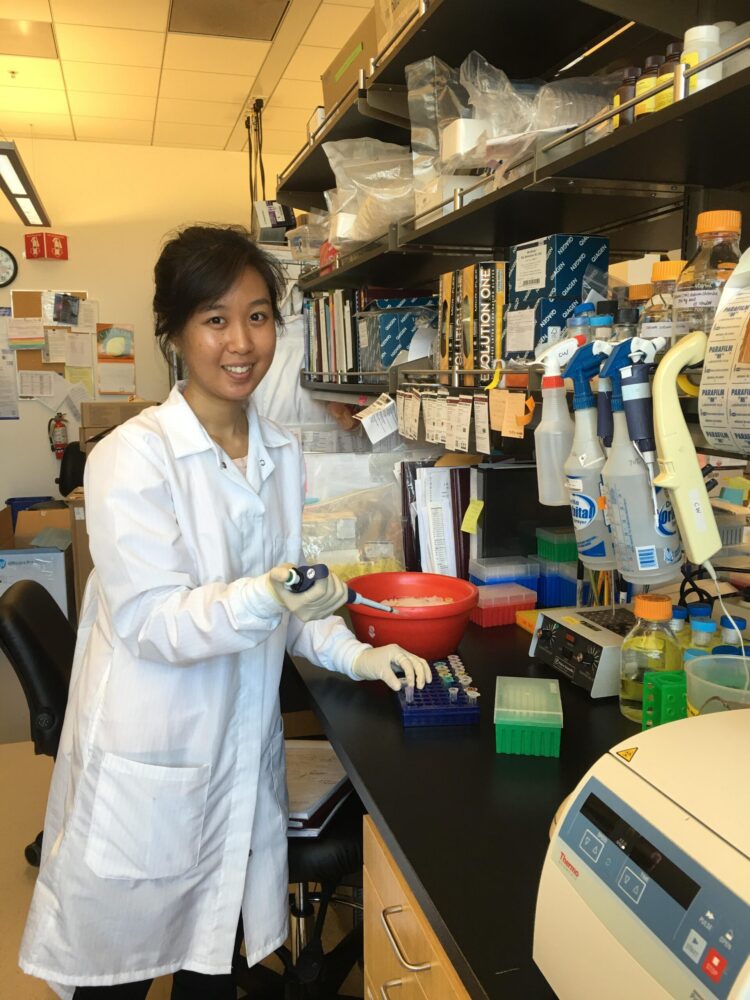
Dengue virus (DENV) is a mosquito-borne flavivirus that causes up to 390 million infections every year, resulting in 96 million cases of disease globally. Infection with any of the four serotypes of dengue can result in inapparent infection, dengue fever, or severe forms of the disease associated with vascular leak leading to shock. DENV non-structural protein 1 (NS1) plays a role in viral replication and immune evasion, as well as pathogenesis. More specifically, DENV NS1 has been found to trigger permeability of human endothelial cells in vitro and systemic vascular […]
Crystal Lee
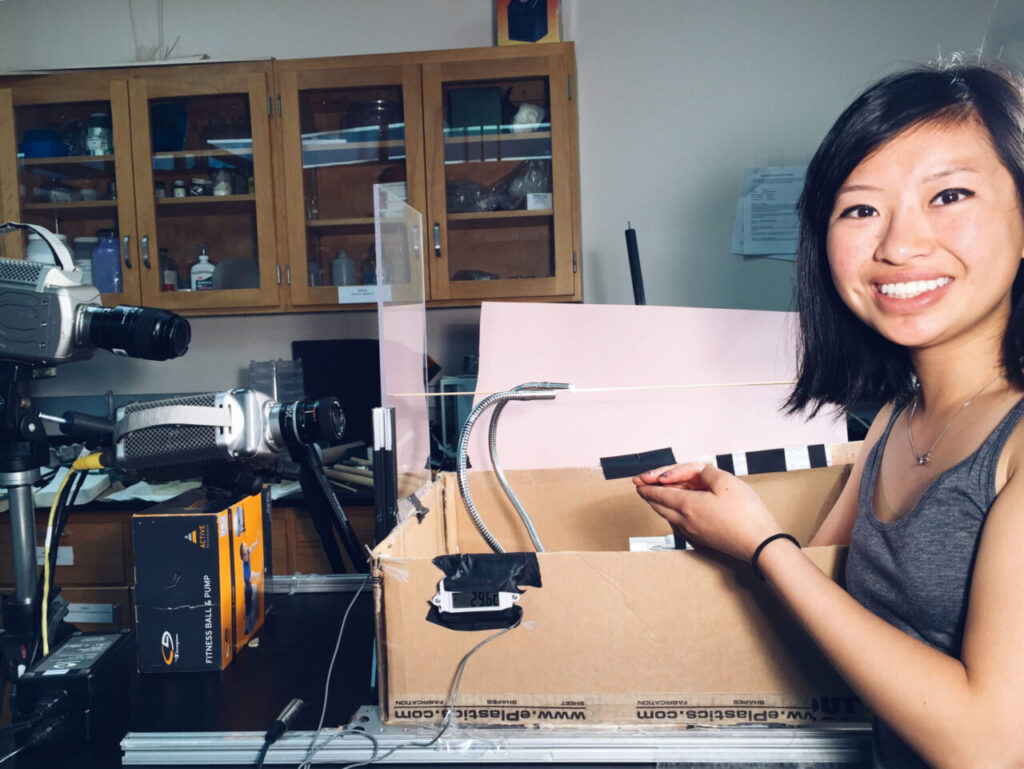
American Cockroaches exhibit a large versatility of movement; they are able to transverse over varying substrates in different orientations. Over the last decade, scientists have studied the tarsus, or foot of the cockroach, looking specifically for certain features that allow the cockroach to make such transitions. So far, three distinct structures; the claw, the euplantulae, or a set of overlapping friction pads, and the arolium, which is an adhesive protrusion; have been found to act in tandem during movement. My research for the summer will investigate the capabilities of the […]
Chelsey Campillo Rodriguez
For decades, researchers have been experimenting with tools used for neural stimulation, modulation, and therapy. A greatly used and helpful tool includes optogenetics, which utilizes light waves to control cells expressing light-sensitive channels. While optogenetics is not an invasive recording technology, due to its dependence on visible light it cannot penetrate deep into the organisms tissue. The purpose of this project is to develop a wireless method similar to optogenetics which can overcome the issues optogenetics encounters. Rather than using light to manipulate neuronal behavior, an electromagnetic field will be […]
Emily Duan
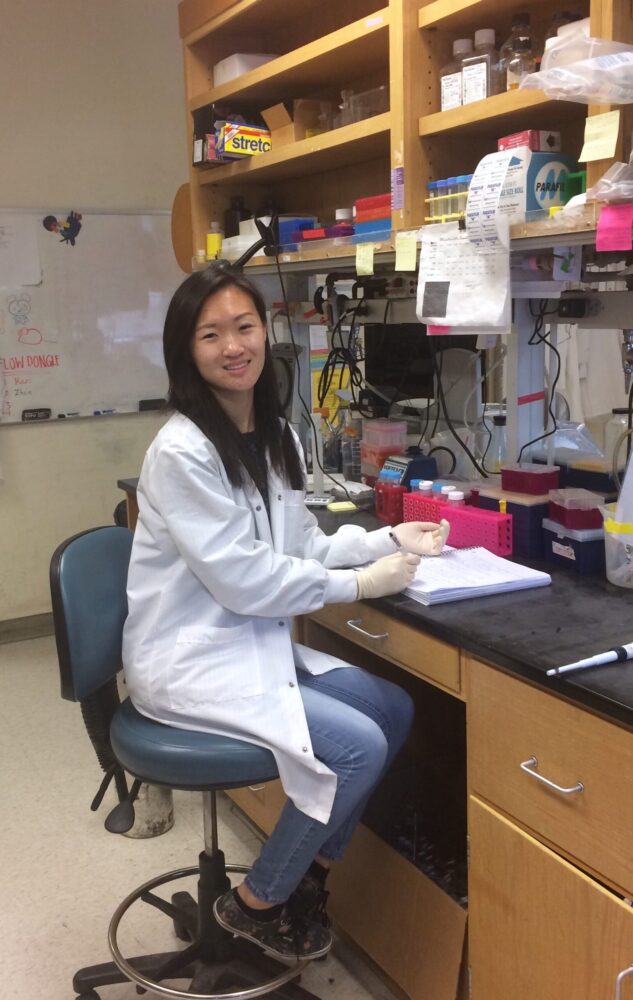
The activation of the adaptive immune system in host-tumor interaction mediates the efficiency and strength of the host anti-tumor response. Necroptosis, a form of programmed cell death, has the ability to moderate the development of antitumor tolerance versus immunity due to its pro-inflammatory properties. However, in what ways and to what extent do the products of necroptosis trigger the activation of the immune system is not well understood. I am interested in using a necroptotic tumor vaccine overexpressing RIP3, a cell death protein, to study the effect of necroptosis on […]
Manraj Gill
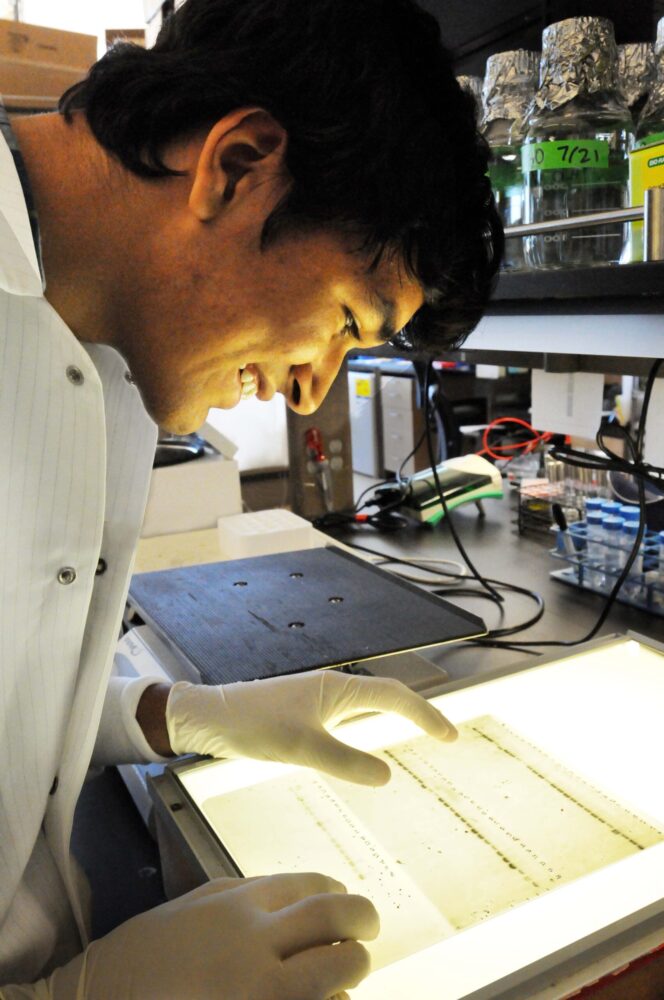
Human chromosomes end in a repetitive sequence called the telomere. The inability of the DNA replication machinery to fully replicate chromosomes results in progressive telomere shortening with each cell division. Critically short telomeres serve as a signal to stop cellular replication. In this manner, telomeres act as a buffer sequence to prevent loss of genetic information on the chromosomes; a process that is associated with cellular and organismal aging. However, telomerase, a reverse transcriptase, can restore lost telomeric sequence and increase the length of the telomere. In humans, adult stem […]
Susan Wang
Many factors come into play in the course of an organisms growth and development, one of which is the transcriptional coregulator C-terminal Binding Protein (CtBP). CtBP has been characterized in a variety of developmental pathways, including the TGF-beta and WNT pathways, and has been shown to produce growth abnormalities when studied in drosophila melanogaster. I plan to study transcription of drosophila CtBP by using fluorescent in situ hybridization (FISH). Although drosophila CtBP is encoded by just one gene, there are actually several isoforms of the protein that can each produce […]
Eva Lopez

Investigating the conditions that allow for bubble nucleation and bubble growth is significant for improving our understanding of volcanic eruptions and forecasting how they evolve over time. This research investigates how the presence of Iron Oxide (FeO) microlites may influence the nucleation of bubbles in rhyolitic melts as a function of temperature and at room pressure. It aims to shed light into the relationship between nucleating gas bubbles and the presence of, distance from, and relative size of, FeO microlites. It will thus allow for an understanding on how the […]
Anandita Mathur
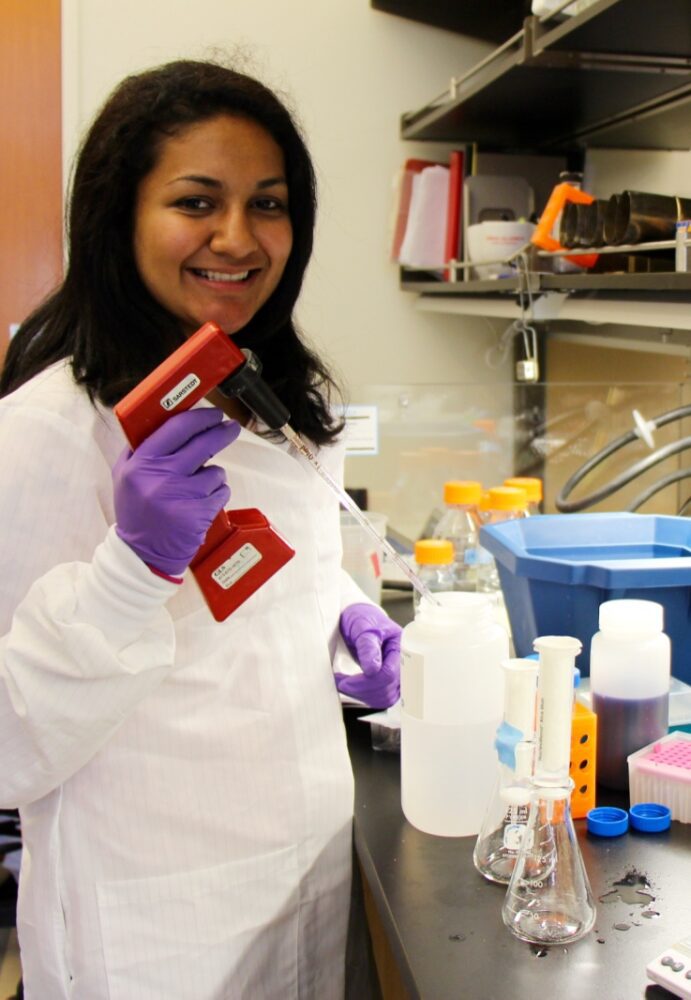
Autophagy is a fundamental pro-survival cellular process by which superfluous proteins and damaged organelles are delivered to the lysosome for degradation and reuse.. Numerous human disorders have been linked with dysfunction in autophagy including heart disease, cancer, and neurodegeneration. The molecular mechanisms of autophagy are currently not well understood. My project goal is to study how the autophagosome, the double membrane vesicle which contains cargo and fuses with the lysosome membrane, is generated. Based on previous studies, we hypothesize that the CTAGE5 protein plays a role in autophagosome biogenesis. I […]
Stella Chen
Prosocial behavior is rooted in empathy, or the ability to understand and share the feelings of others. Humans, like many other animals, have been shown to process the pain of in-group and out-group members differently, reflecting strong empathic bias towards ones own group. Encouragingly, research suggests that positive social interactions with an outgroup member leads to increased empathy for the out-group. Previous research with rats in a helping behavior test has demonstrated that rats will perform prosocial behaviors, such as releasing conspecifics trapped inside a restrainer, and will do so […]